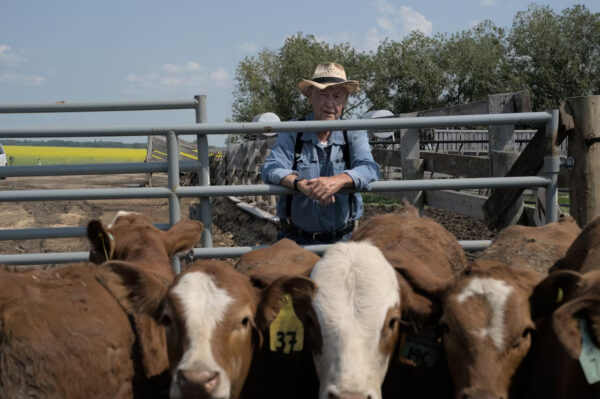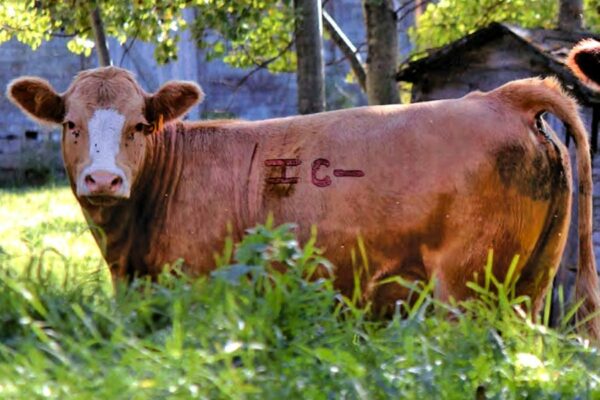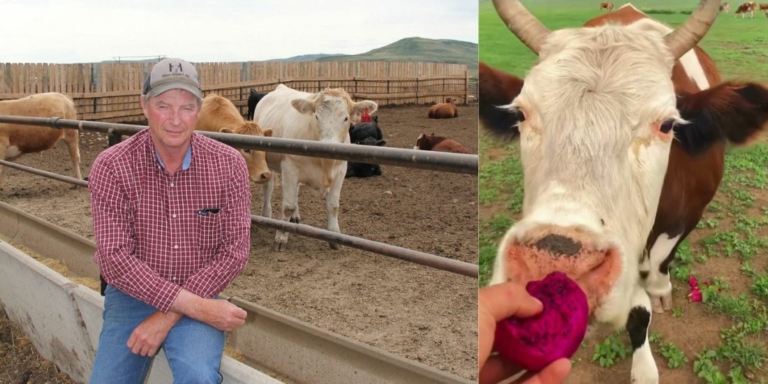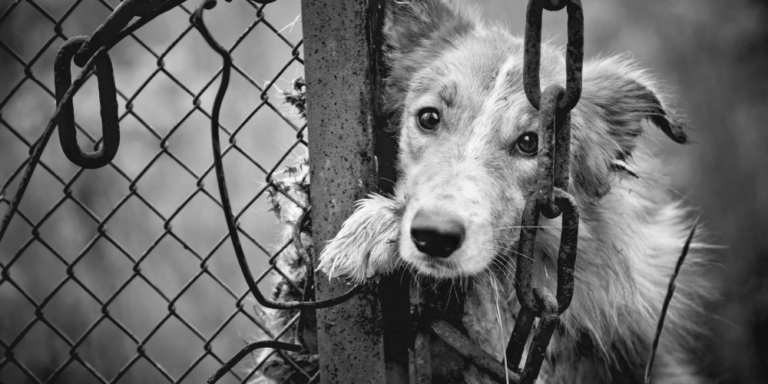It’s more than just a thing in old Western movies starring John Wayne. Cattle rustling, the act of stealing live cattle, has been on the rise in Alberta over the past few years, according to the RCMP.
Cattle rustling has existed since open-range cattle production came to western Canada in the 20th century. One of the most recent examples of cattle theft happened last fall.
John Meston, who has been raising cattle for about 60 years in Athabasca County, had $175,000 worth of calves, cows, and bulls stolen from him.

Meston lost 85 cattle, including two 900-kilogram bulls, four cows, and 79 calves. So how did cattle rustlers manage to steal Meston’s prized property?
“To work all our career in this industry, which we love, and to have this happen, it leaves a very bad taste in your mouth,” Meston told CBC News.
The RCMP believes the thieves used a truck and trailer to transport the cattle. They would have also needed quads or horses to gather and remove the animals from the property.
Cattle rustling isn’t for amateurs. Meston’s cattle rustlers must have done their homework before making a move. They also left no evidence, leaving the RCMP with little to go on.
“You definitely have to know what you are doing and have the ability to go around and round cattle up with an ATV or a horse. You also have to have the ability to transport them,” Cpl. Lindsey Anderson with the RCMP told the Rocky Mountain Outlook.
According to Cpl. Anderson, most cases of cattle rustling involve only one or two animals. These stolen cows are usually slaughtered for beef, either for private sale or personal use.
Slaughterhouses and butchers can sell the stolen beef on the black market. As beef prices continue to rise, this is becoming more common.
Cases like Meston’s are much rarer. When a herd of cattle is stolen, the animals are likely transported out of the province to markets in eastern Canada.
Is it hard to sell stolen cattle to local or neighbouring markets because Alberta, Saskatchewan, and British Columbia have an integrated brand inspection system. You can purchase a brand in Alberta and register your livestock with Livestock Identification Services.
Alberta, Saskatchewan, and British Columbia maintain a shared database of registered brands. So if a head of cattle registered in Alberta pops up in British Columbia, brand inspectors can still identify the brand.
“If we do go out and recover something, the brands are going to be what we are looking for to prove those animals belong to you,” said Anderson.
Because of this, a cattle rustler’s best bet is to sell livestock in eastern Canada, where some provinces have no brand inspection system.

By law, a livestock permit is required to transport cattle outside Alberta. These permits are issued after a livestock inspector has verified that the person requesting the permit is the owner.
The RCMP’s livestock investigations unit in Alberta received around 50 cattle theft reports yearly. But only two or three reports have a happy ending.
More often than not, ranchers never see their cattle again. Meston isn’t counting on his cattle ever being recovered, but he hopes his case will lead to better enforcement and theft investigation.
“If we don’t get on top of this and get it stopped, there won’t be a cattle industry. Because why would someone spend all their life trying to build up a cattle ranch to have it stolen?” expressed Meston.
Anderson suggests that ranchers do their part to minimize theft risk. This includes keeping a record of cattle, conducting daily inspections, and head counts.
“If there is a problem location, you can set up a trail camera…If you notice any suspicious persons or vehicles in the area, they can be recorded. If anything is being stolen, they might be caught on camera,” said Cpl. Anderson.
The threat of cattle rustling is growing, yet less than half of Alberta cattle are branded. Without a brand, these animals are easy targets for cattle rustlers.
Although it’s probably not their favourite genre of music, local ranchers should adapt the advice Beyoncé, “If you liked it, then you should have put a brand on it!






